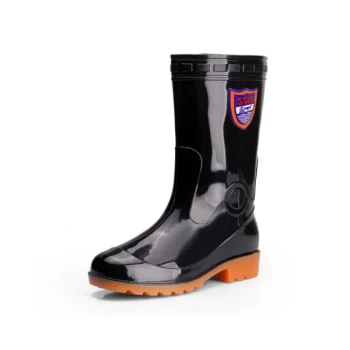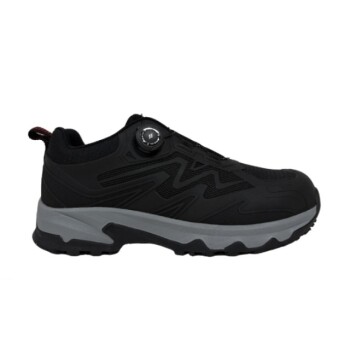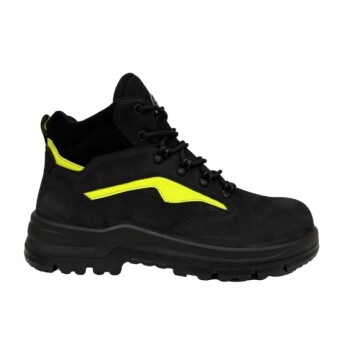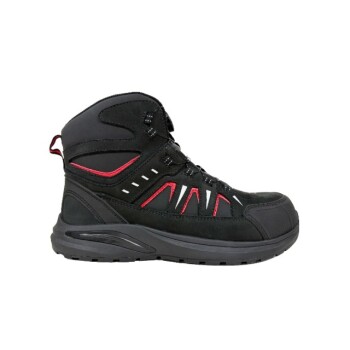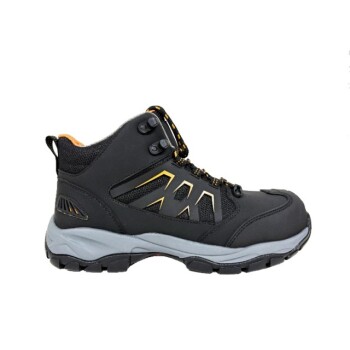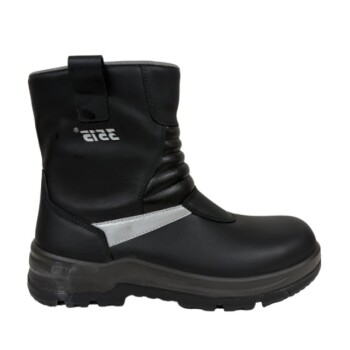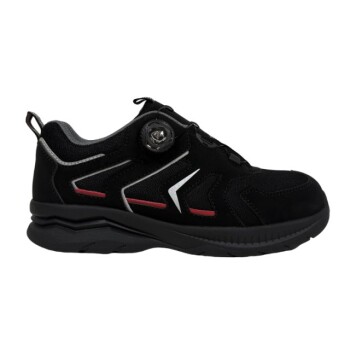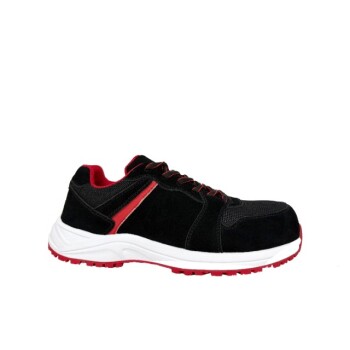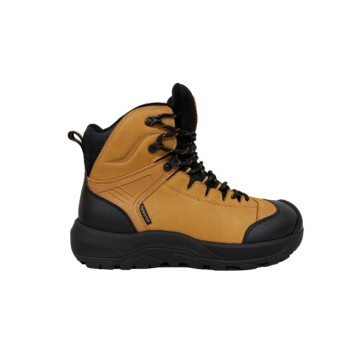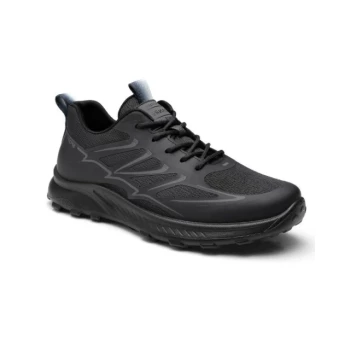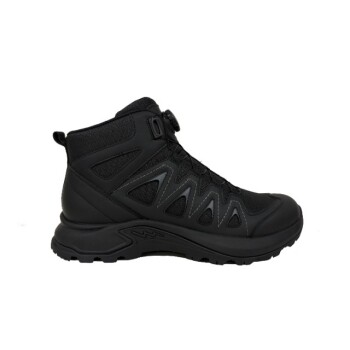Choosing the right waterproof footwear is about more than just keeping your feet dry. The most critical factors are the level of protection required (waterproof vs. water-resistant), the intended activity (from casual walks to demanding work), and the materials used. These elements directly influence the footwear's comfort, breathability, and long-term durability.
The common mistake is focusing solely on the "waterproof" label. The optimal choice always balances the degree of water protection you need with the demand for breathability and comfort required by your specific activity and environment.
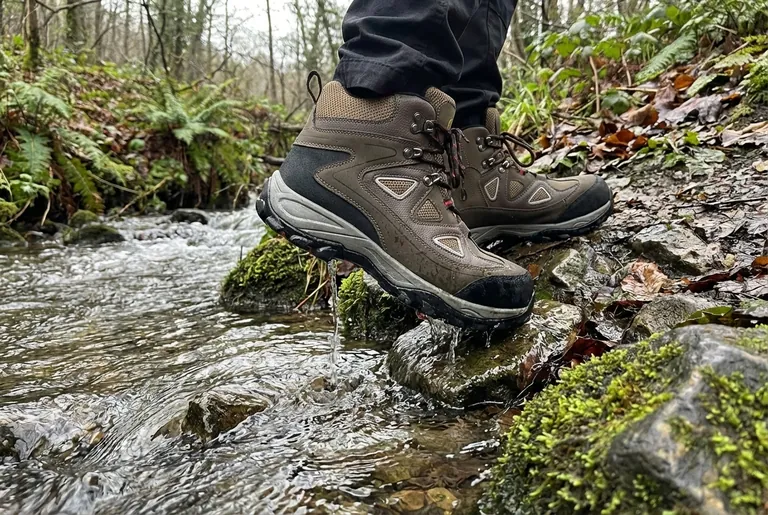
First, Define Your Need: Waterproof vs. Water-Resistant
Before evaluating any shoe or boot, you must understand the fundamental difference in protection levels. This is the single most important decision you will make.
The Waterproof Standard
True waterproof footwear creates a complete, impermeable barrier against moisture. This is typically achieved in one of two ways: through materials like rubber or neoprene that are naturally non-porous, or by incorporating a waterproof membrane or booty (like Gore-Tex) inside the shoe.
These are essential for activities involving submersion, standing in water, or exposure to heavy, prolonged rain.
The Water-Resistant Advantage
Water-resistant footwear is treated with a surface coating that causes water to bead up and roll off. This is effective for light rain, walking through damp grass, or minor splashes.
However, the protection is not absolute. With sustained exposure or pressure, water will eventually soak through. The primary benefit of water-resistant footwear is often superior breathability.
The Breathability Factor
There is an inherent trade-off between waterproofing and breathability. A completely sealed boot keeps water out, but it can also trap sweat in. For high-exertion activities, this can lead to feet that are damp from the inside, causing discomfort and blisters.
Match the Footwear to Your Environment
The "best" waterproof boot does not exist in a vacuum. Its effectiveness is defined by its context.
For Demanding Work Environments
If your work involves hazards like prolonged water exposure (e.g., in the rail or oil industries) or slippery surfaces, your choice is a matter of safety.
Prioritize footwear that meets all required safety regulations for your sector. Look for features like reinforced toes, puncture-resistant soles, and outsoles designed for maximum grip in wet conditions.
For Outdoor Recreation (Hiking & Trekking)
For activities like hiking, a balance is crucial. You need protection from streams and rain, but you also need to manage sweat over long distances.
Look for boots with a waterproof, breathable membrane. Pay close attention to ankle support for uneven terrain and an aggressive outsole tread for reliable grip on mud, rock, and roots.
For Casual and Daily Use
For commuting or running errands in wet weather, all-day comfort and style become more important. Fully waterproof boots may be overkill and feel clunky or hot.
Water-resistant leather or synthetic shoes are often the superior choice, providing ample protection for puddles and downpours while offering far better breathability and flexibility.
Understanding the Trade-offs
Every design choice in footwear involves a compromise. Being aware of these will help you make a more informed decision.
Protection vs. Breathability
This is the core trade-off. A rubber wellington boot offers absolute water protection but zero breathability. A high-tech hiking boot with a membrane tries to offer both but will never be as airy as a non-waterproof trail runner. Assess your activity level honestly to find the right balance.
Durability vs. Weight
Heavier, more robust materials like thick leather or rubber provide maximum durability and protection but can lead to fatigue over a long day. Lighter synthetic boots are more comfortable for high-mileage days but may wear out sooner under harsh conditions.
The Critical Role of Fit
An ill-fitting boot, no matter how technologically advanced, is a failure. Always try on footwear at the end of the day (when your feet are slightly swollen) and wear the same type of socks you intend to use with them. A proper fit prevents blisters and ensures stability.
How to Maintain Your Protection
Waterproof footwear is not a one-time purchase; it requires maintenance to perform correctly over its lifespan.
Cleaning and Care
Dirt, salt, and grime can abrade materials and clog the pores of breathable membranes, compromising their performance. Regularly clean your footwear according to the manufacturer's instructions.
Re-applying Treatments
Factory-applied water-repellent coatings will wear off over time. You can restore and maintain this protection using various after-market products.
Waterproofing sprays work well for synthetic fabrics and suede, while waxes and creams are ideal for conditioning and protecting leather. Always test a product on a small, inconspicuous area first, as it may alter the appearance of the material.
Making the Right Choice for Your Goal
- If your primary focus is heavy-duty work with constant water exposure: Prioritize boots made from inherently waterproof materials like rubber or neoprene, and ensure they meet all required safety standards.
- If your primary focus is hiking or outdoor sports: Look for boots with a waterproof, breathable membrane combined with excellent ankle support and a high-traction outsole.
- If your primary focus is casual daily wear in wet weather: Water-resistant leather or treated synthetic shoes will likely provide sufficient protection while offering superior comfort and breathability.
By aligning your choice with your specific environment and activity, you ensure your footwear becomes a reliable tool, not just a temporary barrier.
Summary Table:
| Key Factor | What to Consider |
|---|---|
| Protection Level | Waterproof (full submersion) vs. Water-Resistant (light rain/splashes) |
| Intended Activity | Demanding work, hiking, or casual daily use |
| Material & Breathability | Trade-off between keeping water out and letting sweat evaporate |
| Durability & Fit | Weight, material longevity, and proper fit for comfort and safety |
Need durable, high-performance waterproof footwear for your business?
As a large-scale manufacturer, 3515 produces a comprehensive range of footwear for distributors, brand owners, and bulk clients. Our production capabilities encompass all types of waterproof and water-resistant shoes and boots, tailored for demanding work environments, outdoor recreation, and casual wear.
We ensure the perfect balance of protection, breathability, and durability your customers need.
Contact 3515 today to discuss your specific requirements and elevate your product line.
Visual Guide
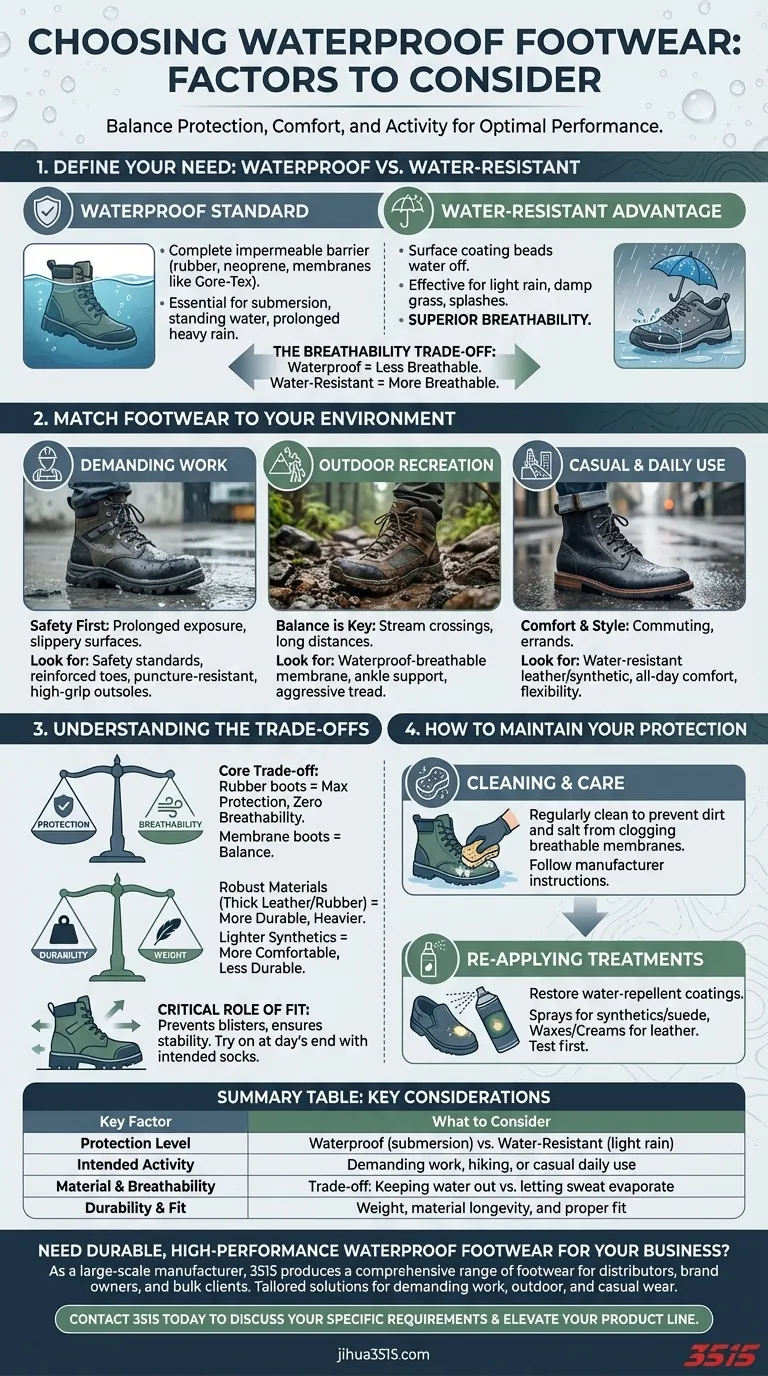
Related Products
- Safety Footwear Wholesale Manufacturer for Custom OEM/ODM Production
- Durable Waterproof Rain Boots | Custom Manufacturer for Wholesale & Brands
- Premium Flame-Retardant Waterproof Safety Boots and Shoes
- Advanced KPU Athletic Safety Shoe with Steel Toe Cap Anti-Slip Rotary Lacing System
- Wholesale Premium Waterproof Nubuck Safety Shoes Boots
People Also Ask
- What are the cultural perspectives on wearing shoes in the house? A Guide to Home Etiquette & Hygiene
- Is safety-toe as good as steel toe? Choose the Right Protection for Your Job
- What do heavy duty boots do? Protect Your Feet in Demanding Work Environments
- What are the differences between steel toe, composite toe, and alloy toe Wellington boots? Choose the Right Safety Toe for Your Job
- What are OSHA approved shoes? Understanding the Correct Standards for Workplace Safety

